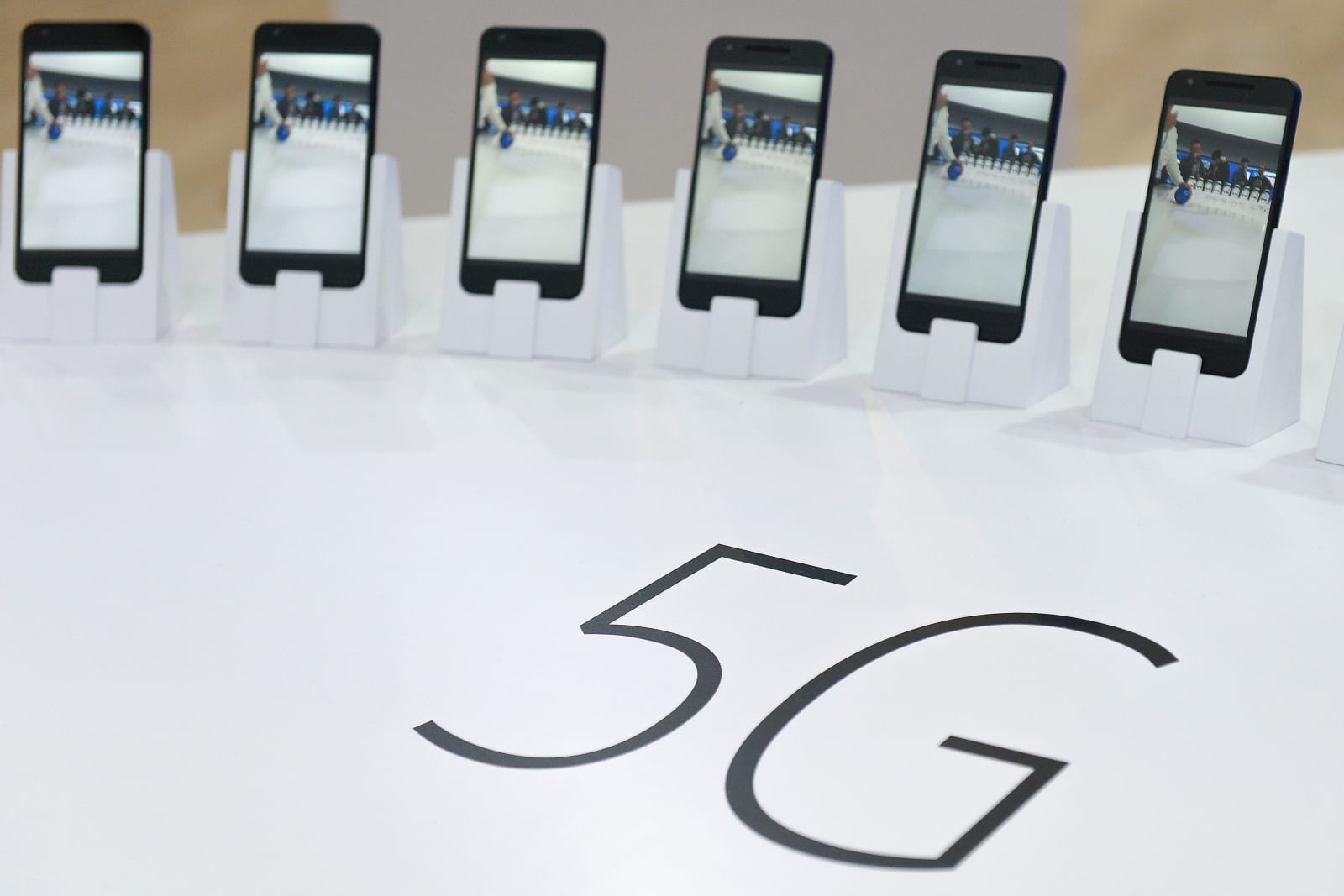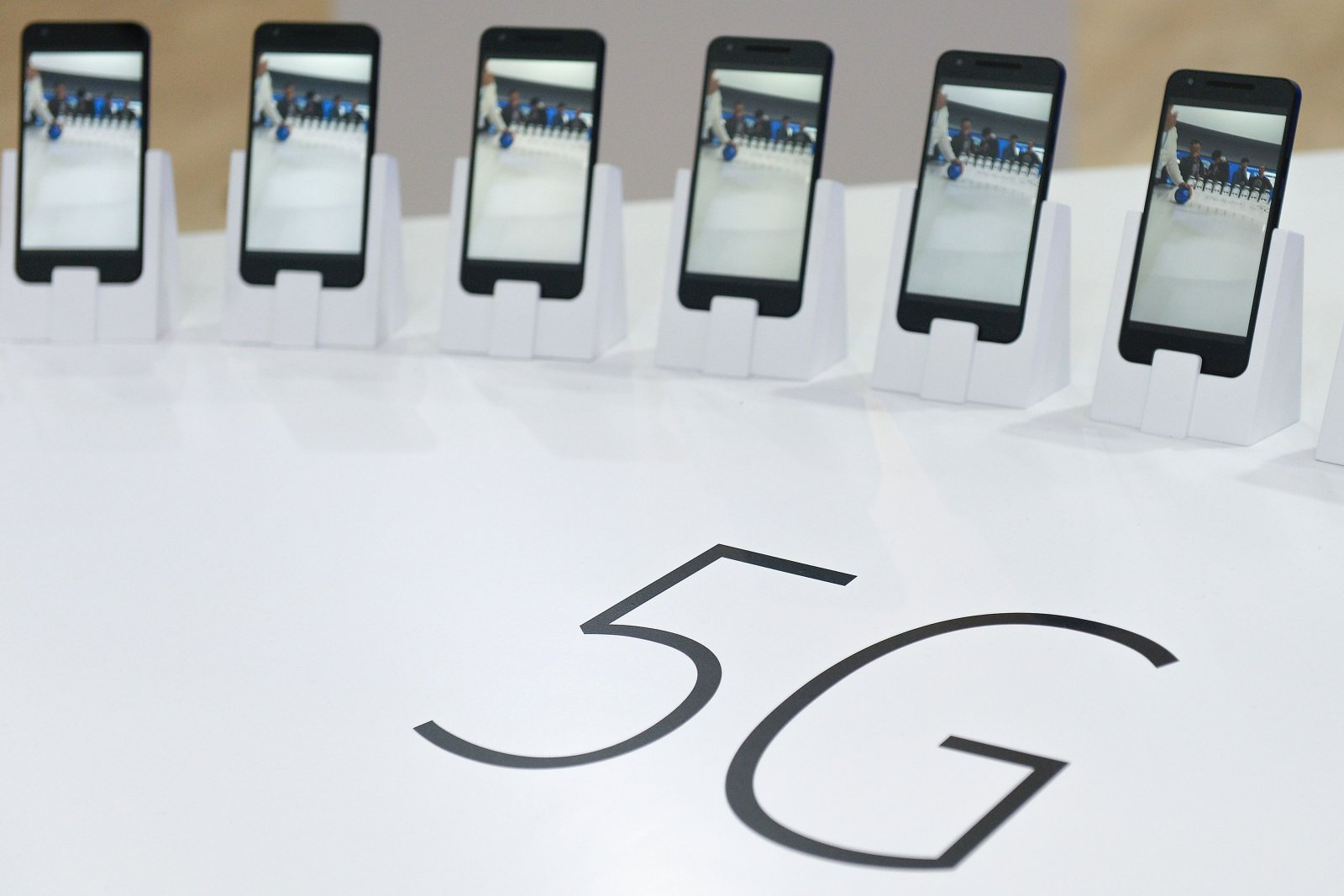Draft 5G specs lay the groundwork for a real standard
With all the hype around early 5G launches and tests, there’s one glaring problem: the telecom industry hasn’t really defined what 5G is. However, the super-fast wireless is starting to take shape. The International Telecommunication Union has published draft 5G specs that set performance expectations. As a user, you should get 100Mbps download speeds and 50Mbps for uploads — unlike with LTE, though, that’s more of a consistent baseline than a theoretical maximum. You should also see extremely low lag of no more than 4ms (versus 20ms for LTE), and service should work on trains traveling as quickly as 500km/h (311MPH). In short, this should be as fast as a good home internet connection.
On the back end, cell sites should have a minimum of 20Gbps downstream and 10Gbps upstream to share with their connected users. The technology should also handle 1 million or more devices per square kilometer (about 0.38 square miles), although Ars Technica notes that this is more likely for low-demand Internet of Things devices rather than urban hubs full of smartphones.
There’s the chance that these specs could change between now and when they’re likely to be approved at an ITU meeting in November. Even if they do, though, this is a big step — it gives carriers and equipment makers a target they can work with. While the hardware and a formal standard are still a ways off, the ball is finally rolling.
(27)













